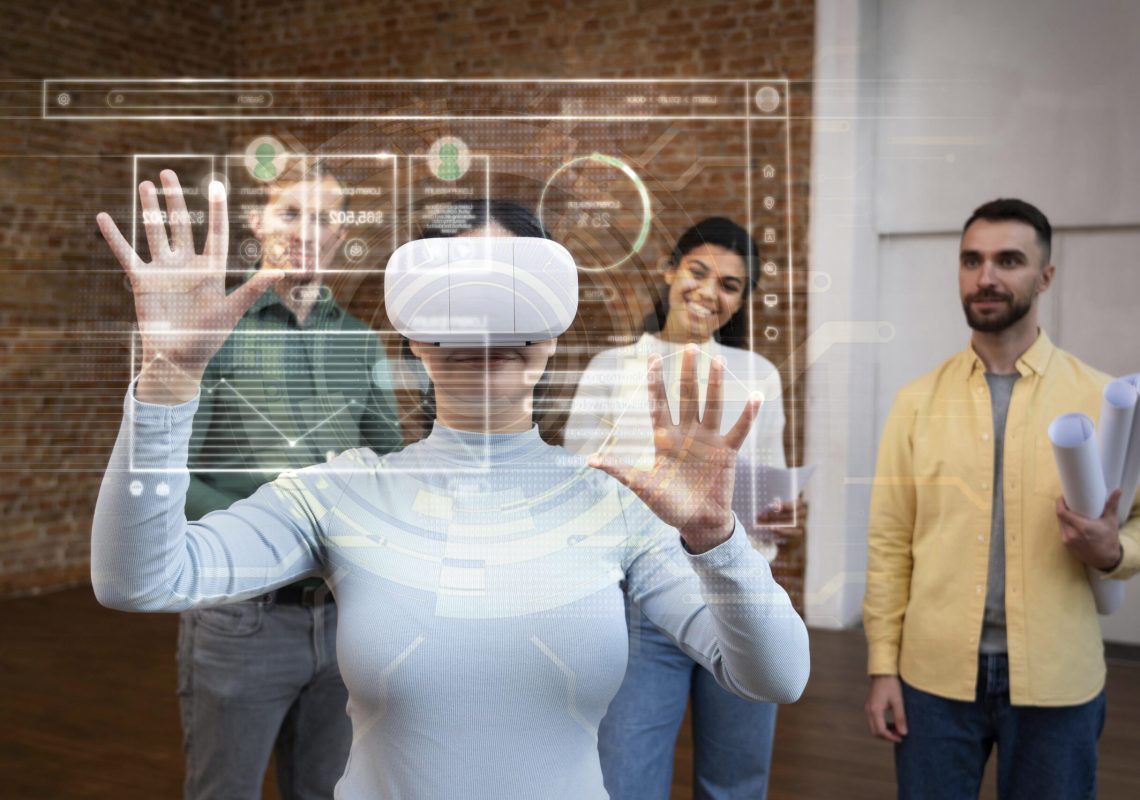Augmented Reality (AR) and Virtual Reality (VR) technologies have ushered in a new era of immersive experiences in software development. However, alongside the excitement come unique hurdles that developers must overcome to ensure successful implementations. In this article, we’ll delve into the technical and practical challenges of AR and VR development, offering actionable strategies for navigating these obstacles and achieving success.
Technical Challenges
- Hardware Variability: AR and VR development must contend with a diverse array of hardware devices, each with its own specifications and limitations. Developers must account for factors like processing power, display resolution, and tracking capabilities to ensure compatibility and optimal performance across devices.
- Performance Optimization: Smooth and responsive experiences in AR and VR applications hinge on meticulous performance optimization. This entails fine-tuning graphics rendering, physics simulations, and interactions to strike a balance between visual quality and performance, especially on resource-constrained devices.
- Addressing Motion Sickness: Motion sickness and discomfort can mar the user experience in VR applications. To mitigate these effects, developers must minimize latency, avoid sudden movements, and optimize visuals to align with users’ vestibular cues, promoting comfort and immersion.
Practical Challenges
- Complex Content Creation: Crafting compelling content for AR and VR experiences demands specialized skills in 3D modeling, animation, and spatial design. Developers need access to tools and workflows tailored for immersive environments to streamline content creation and iteration.
- User Interface Design: Designing intuitive interfaces for AR and VR applications presents unique challenges due to the absence of traditional input devices. Developers must experiment with innovative interaction paradigms like hand gestures and voice commands while prioritizing accessibility and usability.
- Integration Complexity: Integrating AR and VR technologies into existing software systems can be complex, particularly in enterprise environments. Developers must navigate interoperability issues, data synchronization, and security concerns to seamlessly integrate immersive experiences into established workflows.
Strategies for Success
- Prioritize Performance: Focus on optimizing performance through techniques like level-of-detail rendering and asynchronous loading to ensure smooth experiences across devices.
- Iterative Prototyping: Embrace iterative development practices, leveraging rapid prototyping and user testing to identify and address usability issues early in the design phase.
- Collaborative Development: Foster collaboration among developers, designers, and domain experts to harness diverse perspectives and expertise in tackling technical and design challenges.
- Continuous Learning: Stay informed about emerging technologies and industry trends through continuous learning and engagement with the AR and VR developer community.
In conclusion, while AR and VR development pose challenges, strategic approaches can pave the way for success. By addressing technical limitations, embracing innovative design, and fostering collaboration, developers can unlock the full potential of AR and VR technologies, delivering immersive experiences that captivate and delight users.




